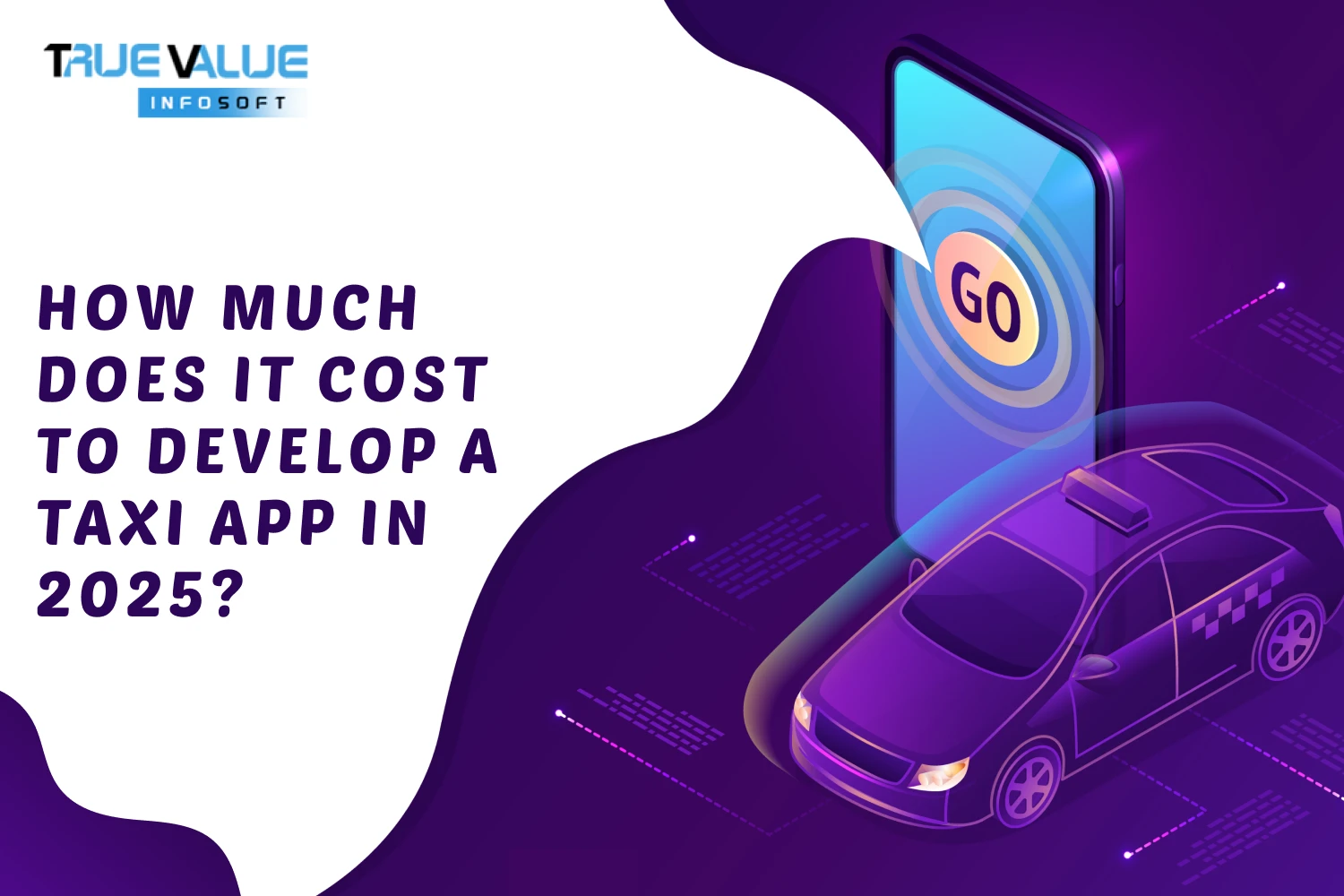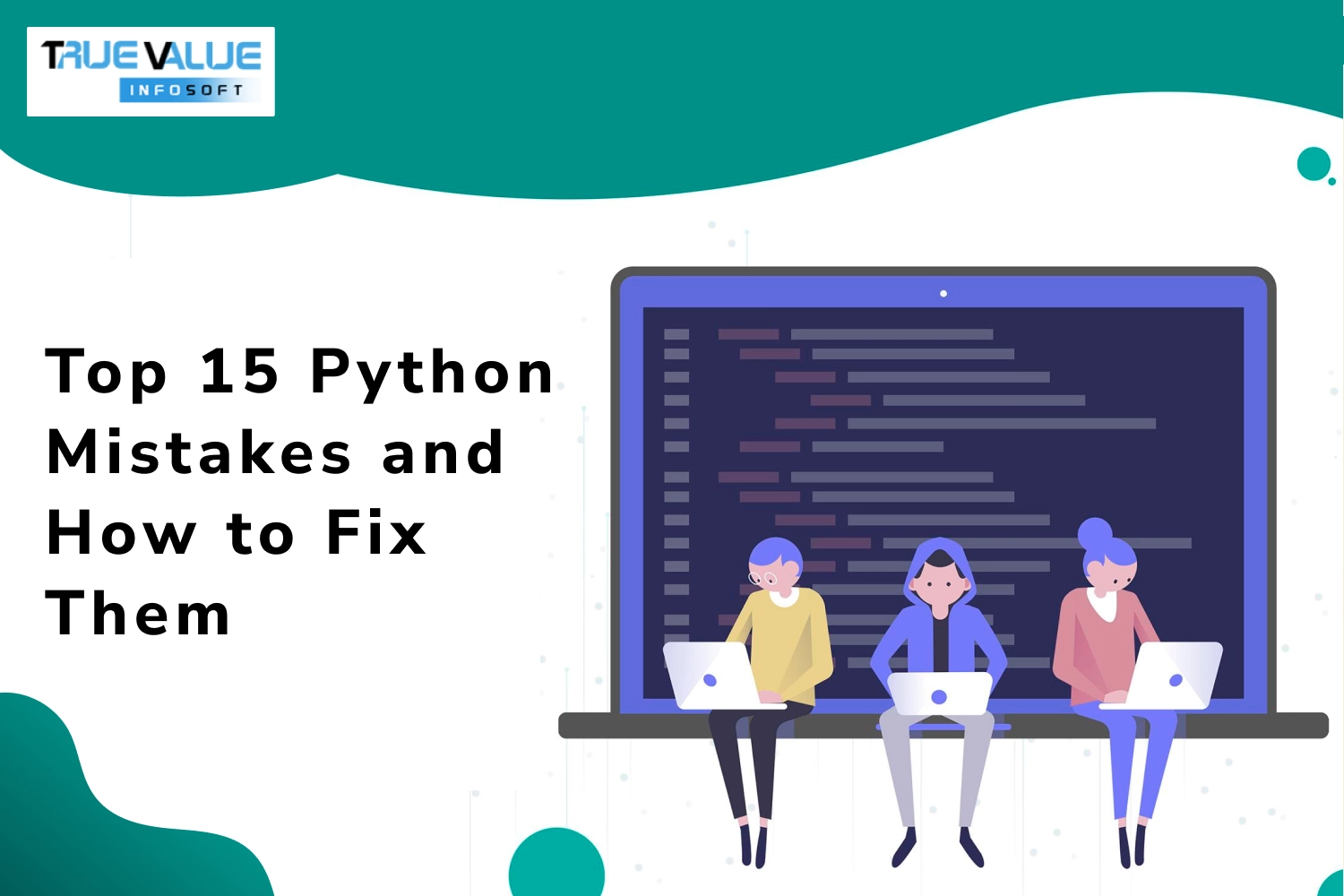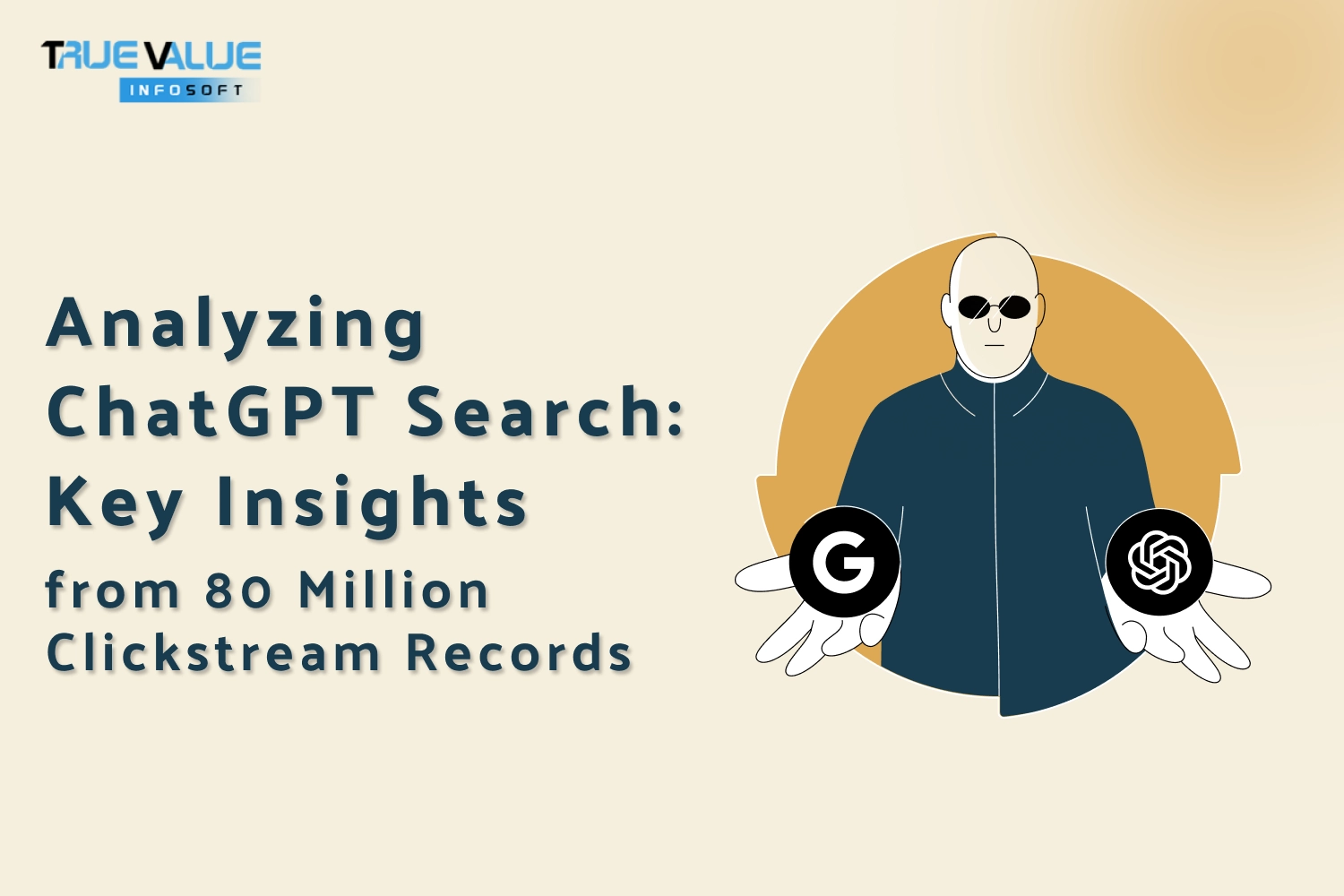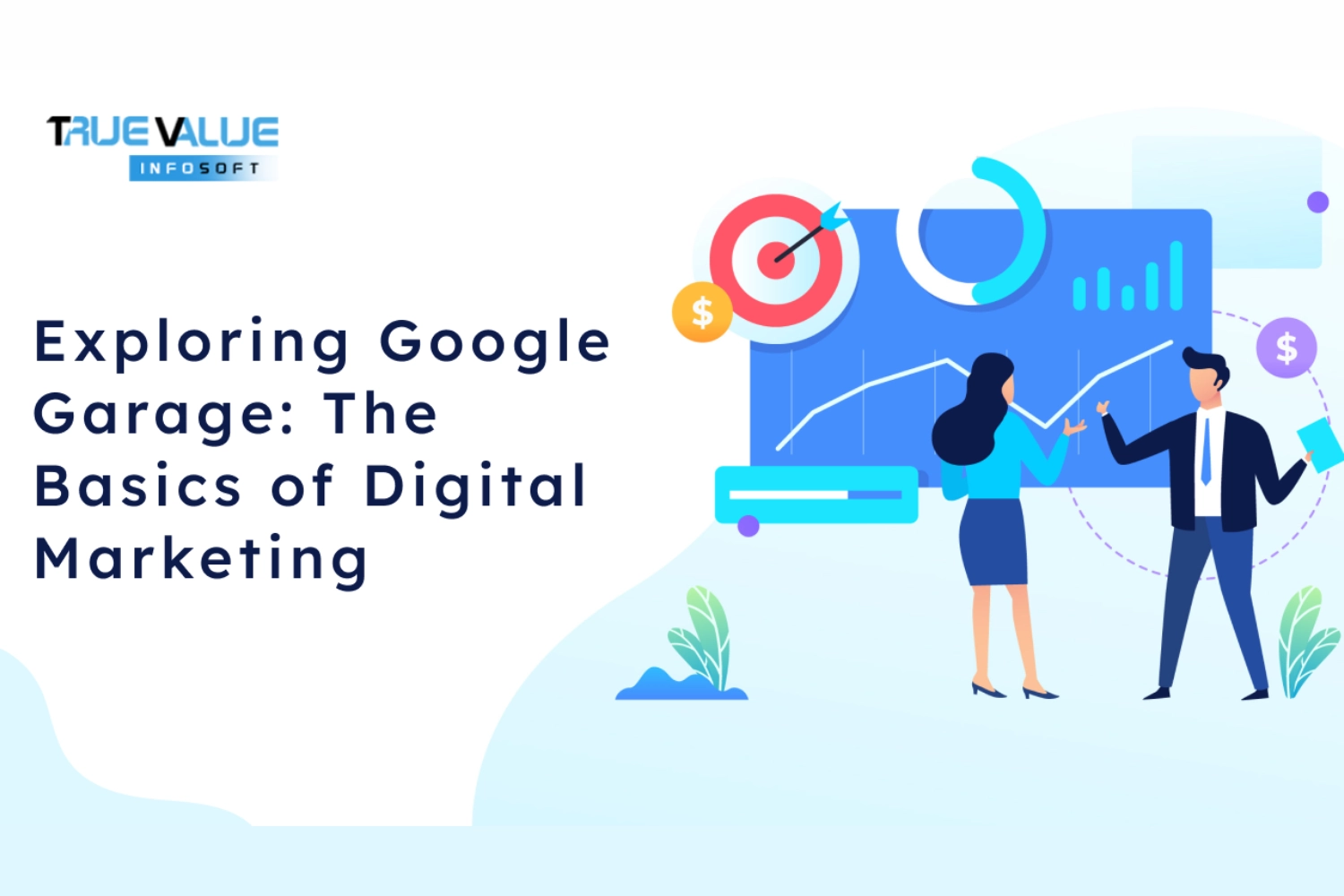Introduction
Have you ever wondered how much it costs to develop a taxi app in 2025? With the growing popularity of ride-hailing services like Uber, Lyft, and Ola, businesses and startups are increasingly investing in taxi app development. Whether you are an entrepreneur looking to enter the ride-hailing market or a taxi business owner seeking digital transformation, understanding the cost factors of app development is crucial.
When it comes to developing a taxi app, several factors influence the overall cost, including features, technology stack, development time, and location of the development team. True Value Infosoft is mobile app development company in India, offering top-notch solutions tailored to your business needs. Our expertise in building scalable and efficient taxi applications ensures a seamless experience for both drivers and passengers.
In this comprehensive guide, we will break down the cost structure of taxi app development in 2025. We will explore the key features, development phases, and pricing models while helping you make an informed decision. Whether you need a basic ride-hailing app or an advanced solution with AI-powered analytics, this guide has got you covered.
Key Factors Affecting Taxi App Development Costs

1. App Features and Complexity
The more advanced features your taxi app includes, the higher the development cost. Here’s a breakdown of common features and their impact on cost:
- Basic Features (Essential for MVP Development)
- User registration & login
- GPS-based ride booking
- Ride fare estimation
- Ride tracking
- Payment integration
- Ratings & reviews
- Trip history
- Advanced Features (Increase Cost Significantly)
- AI-based route optimization
- Multi-stop rides
- SOS & emergency contacts
- Heatmaps for drivers
- Driver destination filters
- In-app chat
- Wallet & loyalty programs
- Ride scheduling
A basic taxi app with only essential features will cost significantly less than an advanced app with AI, analytics, and sophisticated user experience elements.
2. Development Platform (iOS, Android, or Both)
Developing a taxi app for both iOS and Android will cost more than building it for a single platform. Here are the cost variations:
- iOS App Only: $20,000 – $50,000
- Android App Only: $20,000 – $50,000
- Both iOS & Android: $40,000 – $100,000
- Cross-Platform Development (React Native/Flutter): $30,000 – $80,000
3. UI/UX Design Costs
A well-designed taxi app with an intuitive user interface can improve user retention. Basic design costs can range from $5,000 – $15,000, while a more premium UI/UX with animations and custom graphics may go up to $30,000.
4. Backend Development & APIs
The backend is the backbone of your taxi app, managing ride requests, payments, user data, and real-time tracking. Backend development costs range from $10,000 – $50,000, depending on complexity.
Additionally, API integrations (Google Maps, Payment Gateways, SMS services, etc.) add extra costs, ranging from $5,000 – $20,000.
5. Development Team Location & Rates
The cost of hiring developers varies based on their location:
- North America (USA, Canada): $100 – $200 per hour
- Western Europe (UK, Germany, France): $80 – $150 per hour
- Eastern Europe (Poland, Ukraine, Romania): $40 – $80 per hour
- Asia (India, Philippines, Vietnam): $20 – $50 per hour
Choosing an offshore development team can help reduce costs significantly.
6. Third-Party Services & Cloud Hosting
Taxi apps require servers, databases, and cloud infrastructure. Cloud hosting services like AWS, Google Cloud, and Azure cost $500 – $5,000 per month, depending on the app’s scale.
7. Testing & Quality Assurance (QA)
Testing is crucial to ensure bug-free performance. QA testing costs can range from $5,000 – $20,000, depending on manual and automated testing requirements.
8. App Maintenance & Updates
Post-launch, continuous maintenance is required for updates, bug fixes, and security patches. The yearly maintenance cost is approximately 15-20% of the initial development cost.
Estimated Taxi App Development Cost Breakdown
Here’s a rough breakdown of costs based on the type of app:
| App Type | Estimated Cost Range |
|---|---|
| Basic MVP Taxi App | $25,000 – $50,000 |
| Mid-Level Taxi App | $50,000 – $100,000 |
| Advanced Taxi App | $100,000 – $200,000 |
| Enterprise-Level Taxi App | $200,000+ |
Cost-Saving Tips for Taxi App Development
- Start with an MVP: Begin with essential features and expand gradually.
- Use Pre-Built Solutions: White-label taxi app solutions reduce development time and cost.
- Choose an Offshore Development Team: Hiring developers from India or Eastern Europe can save up to 50%.
- Leverage Cross-Platform Development: Using React Native or Flutter can reduce costs compared to native apps.
- Optimize Cloud Costs: Use scalable cloud solutions to avoid excessive infrastructure expenses.
Why True Value Infosoft is the Best App Development Company in India
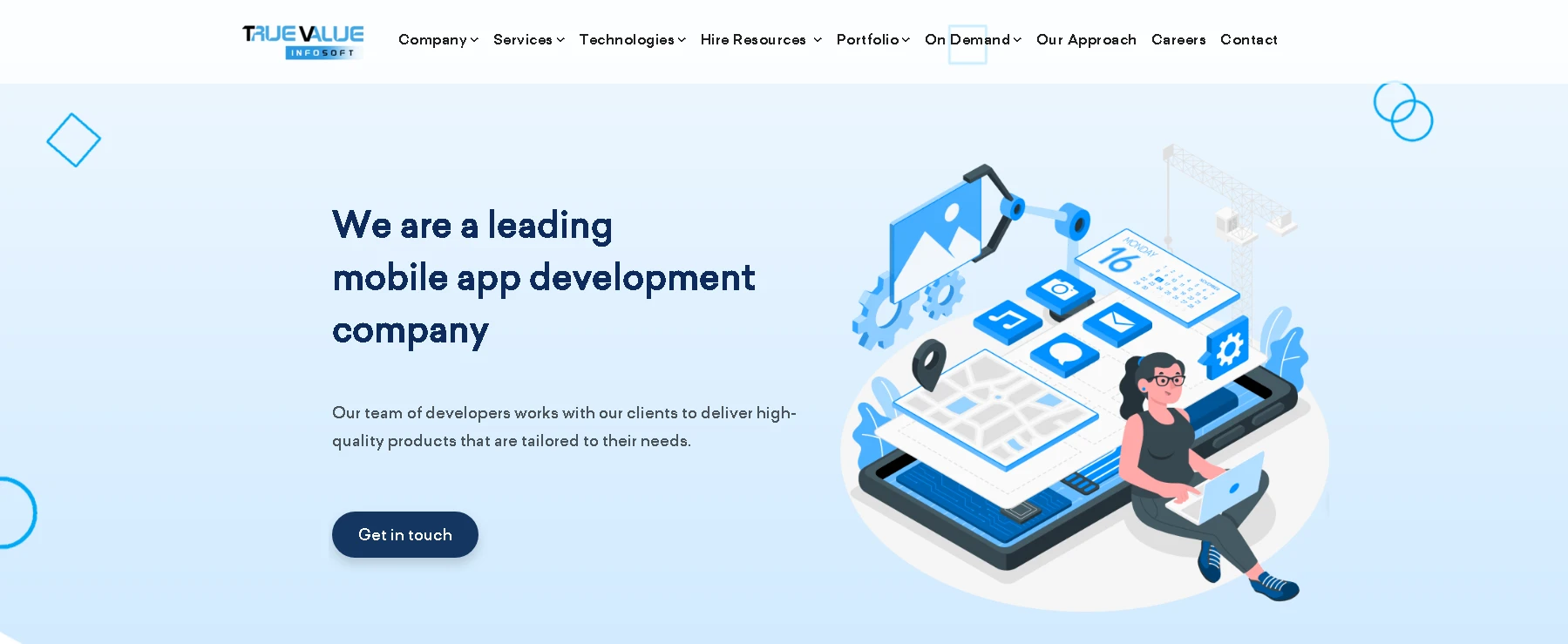
True Value Infosoft stands out as a leader in the Indian app development industry. With years of experience in crafting innovative and reliable software solutions, we have helped numerous businesses achieve digital success. Our expertise in App Development Company, especially in the taxi and ride-hailing sector, makes us the ideal partner for your project.
Key Reasons to Choose True Value Infosoft:
- Expertise in Taxi App Development: We specialize in developing feature-rich and scalable taxi applications that cater to the needs of both businesses and end-users.
- Cutting-Edge Technologies: We integrate the latest technologies, including AI, machine learning, GPS tracking, and payment gateways, to enhance the app’s performance.
- Customized Solutions: We offer tailor-made solutions that align with your business model, whether you need a basic app or an advanced ride-sharing platform.
- Affordable Pricing: Our cost-effective pricing models ensure that you get a high-quality app without exceeding your budget.
- Post-Development Support: We provide ongoing maintenance and updates to keep your app running smoothly and efficiently.
By choosing True Value Infosoft (Mobile app development company in India), you are partnering with a team of experienced developers, designers, and strategists who are committed to delivering excellence.
Conclusion
The cost of developing a taxi app in 2025 varies significantly based on features, platform choice, team location, and other factors. A basic taxi app can cost around $25,000 – $50,000, while a feature-rich, enterprise-level solution can exceed $200,000.
If you’re planning to build a taxi app, it’s crucial to define your budget, prioritize essential features, and explore cost-effective solutions. Whether you opt for custom development or a white-label solution, careful planning will ensure a successful launch while keeping expenses under control.
FAQs
The cost of developing a taxi app in 2025 can range between $25,000 to $200,000, depending on factors like features, platform (iOS, Android, or both), UI/UX design, and development region. A basic app with essential features may cost around $25,000 to $50,000, while an advanced app with AI-based route optimization, real-time tracking, and admin dashboards could cost over $100,000.
The primary cost factors include:
- App Complexity & Features (basic vs. advanced features like AI, ML, or blockchain integration)
- Technology Stack (Native or cross-platform development)
- Development Team Location (US-based developers charge $80-$150/hour, while Indian developers charge $20-$50/hour)
- Third-Party Integrations (Payment gateways, mapping APIs, analytics tools)
- App Maintenance & Updates
The development timeline varies based on app complexity:
- Basic MVP (Minimal Viable Product): 3–6 months
- Moderate App with Custom Features: 6–9 months
- High-End Taxi App with AI & Advanced Features: 9–12 months
Some high-cost features in a taxi app include:
- Real-time GPS tracking & navigation
- Surge pricing & AI-based fare calculation
- Driver & rider matching algorithm
- Multiple payment options (wallets, UPI, cards, crypto)
- Admin dashboard & analytics tools
- Multi-language & multi-currency support
To minimize costs without compromising quality:
- Start with an MVP and scale later
- Use cross-platform development (Flutter, React Native)
- Outsource development to cost-effective regions
- Opt for third-party APIs instead of custom-built solutions
- Use cloud-based services to reduce infrastructure costs
